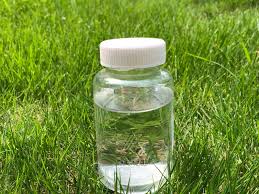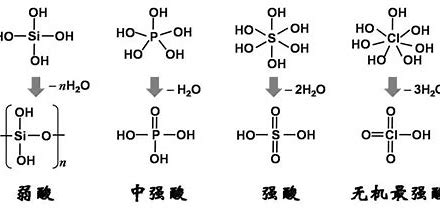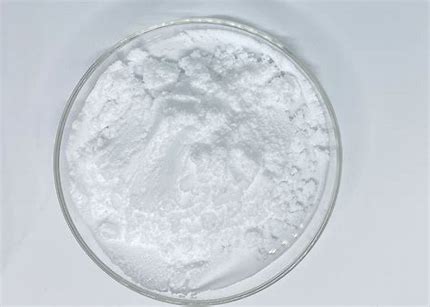HF structure composition: Hydrofluoric acid formula and its molecular weight
Hydrofluoric acid (HF) stands out as a chemical compound with significant applications across various industries and exhibits a unique set of properties. A foundational understanding of its formula, structure, and composition is paramount for grasping its behavior and ensuring its safe handling. This comprehensive guide will meticulously break down the hydrofluoric acid formula, delve into its structural arrangement, elucidate its elemental composition, and precisely calculate its molecular weight.

Decoding the Hydrofluoric Acid Formula: HF
The chemical formula for hydrofluoric acid is remarkably straightforward: HF. This concise notation reveals that each individual molecule of hydrofluoric acid is comprised of a single atom of hydrogen (H) and a single atom of fluorine (F) directly bonded together.
- Hydrogen (H): As the first element on the periodic table, hydrogen is a nonmetal belonging to Group 1. Its atomic number is 1, signifying one proton and one electron in its neutral state.
- Fluorine (F): A highly reactive nonmetal situated in Group 17, also known as the halogens. Fluorine boasts an atomic number of 9, indicating nine protons and nine electrons. With seven valence electrons in its outermost shell, fluorine exhibits a high degree of electronegativity, eagerly seeking one more electron to achieve a stable octet.
The HF formula succinctly represents this diatomic molecule, where a lone hydrogen atom forms a single covalent bond with a single fluorine atom.
Understanding the Structure and Bonding of HF
The structure of an individual hydrofluoric acid molecule is linear, with the hydrogen and fluorine atoms aligned in a straight line, directly connected by their chemical bond. The linkage between hydrogen and fluorine is a covalent bond, resulting from the sharing of a pair of electrons between the two atoms.
However, the story doesn’t end with a simple covalent bond. Due to the substantial difference in electronegativity between hydrogen and fluorine – with fluorine being significantly more electronegative – the shared electron pair within the covalent bond is not distributed equally. This unequal sharing leads to the formation of a polar covalent bond. In this polar bond, the more electronegative fluorine atom attracts the shared electrons more strongly, acquiring a partial negative charge (δ-), while the hydrogen atom, having lost some electron density, carries a partial positive charge (δ+).
This inherent polarity within the HF molecule gives rise to strong intermolecular hydrogen bonds in both liquid and solid hydrofluoric acid. These hydrogen bonds form between the partially positive hydrogen atom of one HF molecule and the partially negative fluorine atom of a neighboring HF molecule. In the liquid phase, these intermolecular attractions cause HF molecules to associate, forming chains and even cyclic structures, with the average chain length typically consisting of five to six molecules.
Interestingly, in the gaseous state, hydrofluoric acid primarily exists as individual diatomic molecules (HF). However, even in the gas phase, some dimers (two HF molecules bonded together) and higher polymers can be detected due to the persistent influence of hydrogen bonding.
Elemental Composition of Hydrofluoric Acid
The elemental composition of hydrofluoric acid is straightforward and directly derived from its chemical formula:
- Hydrogen (H): Constitutes one atom per molecule of HF.
- Fluorine (F): Constitutes one atom per molecule of HF.
To understand the proportions by mass, we consider their respective atomic weights.
Calculating the Molecular Weight of Hydrofluoric Acid
The molecular weight, also frequently referred to as the molar mass, of hydrofluoric acid is determined by summing the atomic weights of the individual atoms that constitute the molecule:
- Atomic weight of Hydrogen (H): approximately 1.01 atomic mass units (amu) or grams per mole (g/mol)
- Atomic weight of Fluorine (F): approximately 19.00 amu or grams per mole (g/mol)
Therefore, the molecular weight of HF is calculated as follows:
Molecular Weight (HF) = Atomic weight of H + Atomic weight of F Molecular Weight (HF) = 1.01 amu + 19.00 amu Molecular Weight (HF) ≈ 20.01 amu
When considering macroscopic quantities, the molar mass of hydrofluoric acid is approximately 20.01 g/mol. This signifies that one mole, which contains Avogadro’s number of molecules (approximately 6.022 x 10²³ molecules), of HF has a mass of approximately 20.01 grams.
Key Takeaways: HF Structure and Composition
- The fundamental hydrofluoric acid formula is HF, indicating a direct bond between one hydrogen atom and one fluorine atom.
- The bond between hydrogen and fluorine is a polar covalent bond due to the significant difference in electronegativity between the two elements.
- Hydrofluoric acid exhibits strong intermolecular hydrogen bonding, leading to the association of molecules in its condensed phases (liquid and solid).
- The elemental composition of HF is a simple 1:1 ratio of hydrogen and fluorine atoms.
- The molecular weight (or molar mass) of HF is approximately 20.01 g/mol.
A thorough understanding of the structure and composition of hydrofluoric acid, along with its molecular weight, is not merely an academic exercise. It is critically important for comprehending its chemical behavior, predicting its reactivity, and establishing appropriate safety protocols when handling this notably corrosive and reactive substance across its diverse applications in chemistry and industry.







